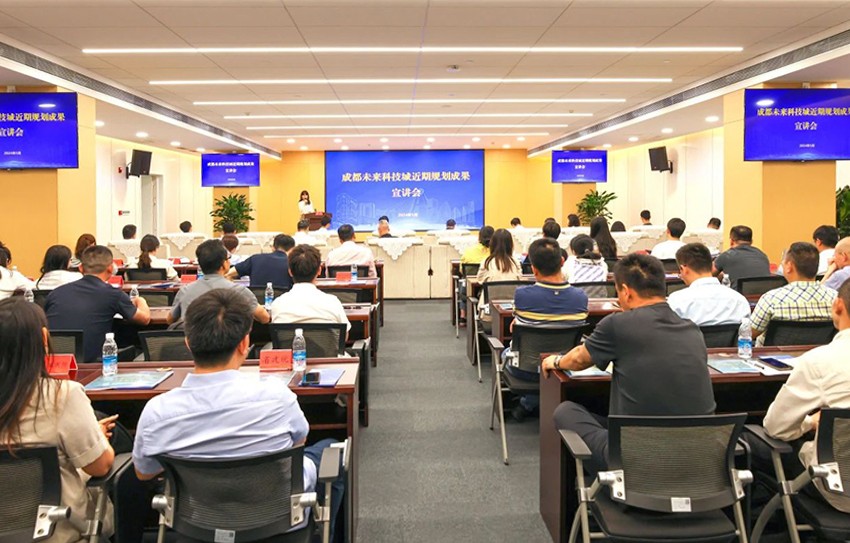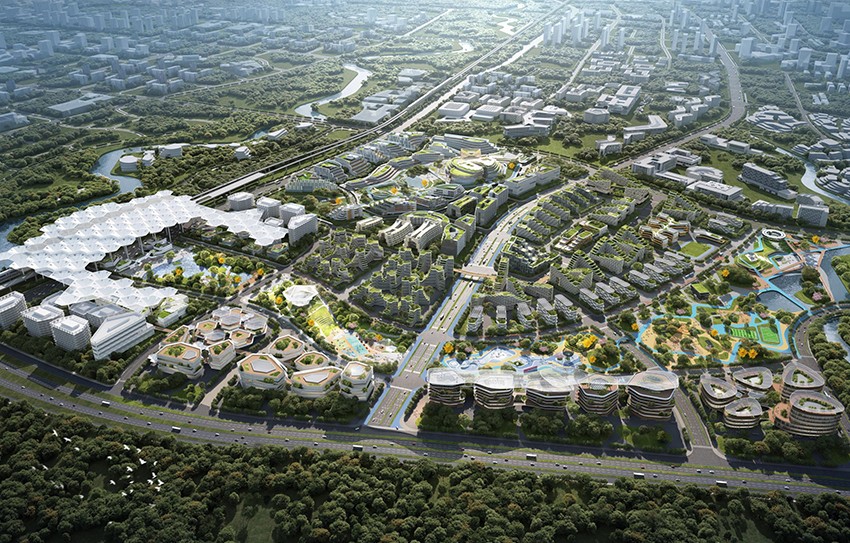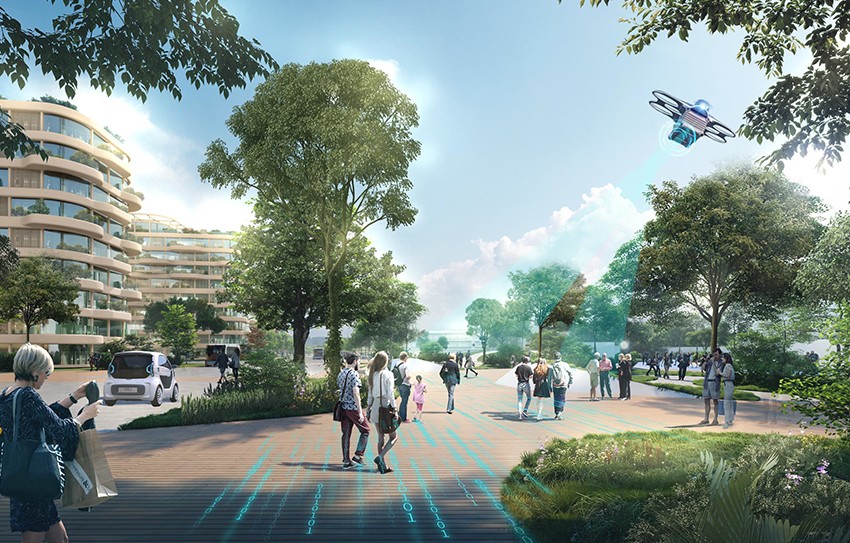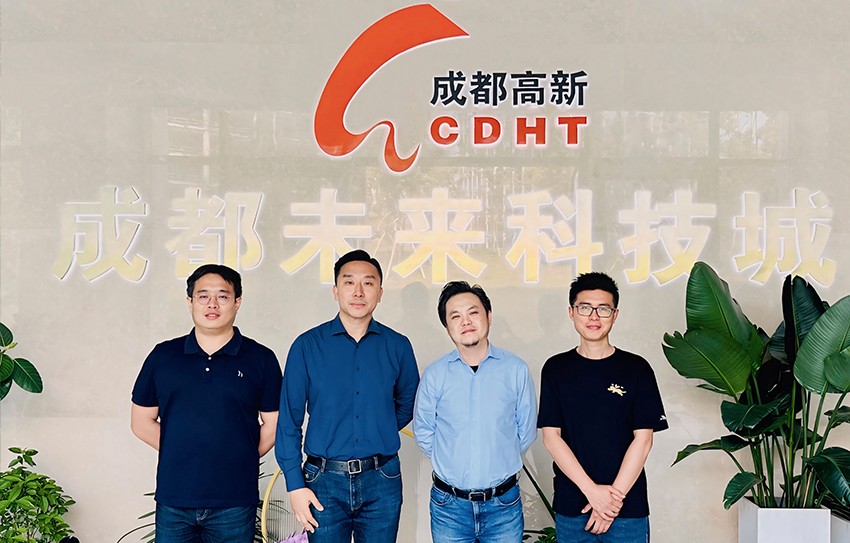ARCHILAND CO-ORGANISED A PRESENTATION ON THE RECENT PLANNING RESULTS OF CHENGDU FUTURE SCIENCE AND TECHNOLOGY CITY
Recently, Chengdu Future Science and Technology City (FSTC) held a presentation of recent planning achievements and released the first "Guidelines for High Quality Planning and Construction of Future Science and Technology City", which brought together representatives of relevant design institutions, resident companies and real estate developers to discuss and exchange key directions and paths of high-standard planning and construction of Chengdu Future Science and Technology City. The event was hosted by Chengdu Future Science and Technology City Development Service Bureau, and co-organised by Chengdu International Airport New City Urban Development Research Institute, Sichuan Provincial Institute of Architectural Design, ARCHILAND and Xinhua Properties, and Mr. Sun Zheng, Director of ARCHILAND, made a presentation on "Urban Design for Key Areas of Science and Technology Corridor in Chengdu Future Science and Technology City". Mr Zhang Detao, General Manager of Southwest Region of ARCHILAND International, led the team to participate in this event.

Chengdu Future Science and Technology City Science and Innovation Corridor Key Area takes cityscape without boundaries and bicarbon wisdom as its two major orientations, combines background resources to build a life green valley, increases activity space, and provides openness and linkage; breaks down the inherent boundaries, and seamlessly connects the happy community with the city park, forming a borderless interaction between man and nature; advocates slow walking space, and uses the staggered and intertwined slow-walking system to connect the city's various functional clusters to the central green-axis park.

The open view and efficient and easy-to-access traffic will enhance people's living experience; supporting diversified and humane living service facilities, building a convenient 5-10 minute living circle, and stimulating all-round, all-age and efficient services; and considering TOD as the core of the skeleton, forming three major functional systems, the gateway commercial section, the low-carbon ecological section, and the intelligent residential section. The key areas of the Science and Innovation Corridor will be built into an ecological demonstration of cityscape symbiosis, an innovation demonstration of industry-city co-creativity, a low-carbon demonstration of wisdom co-construction, and a future demonstration of the integration of the three living things.


